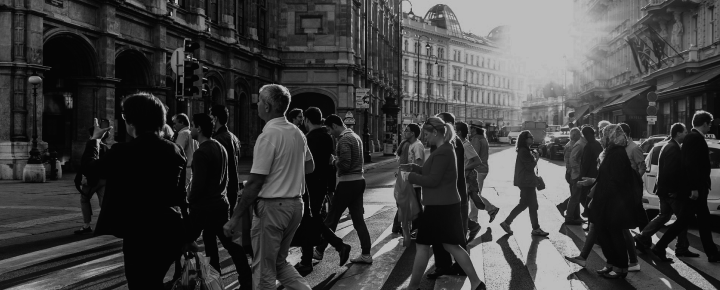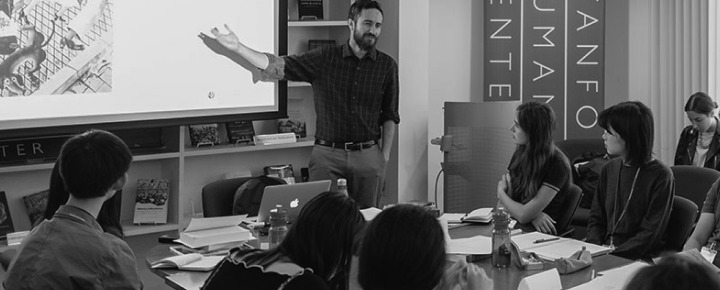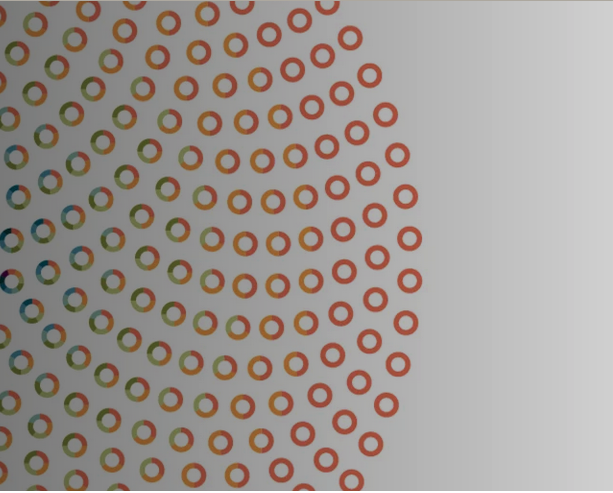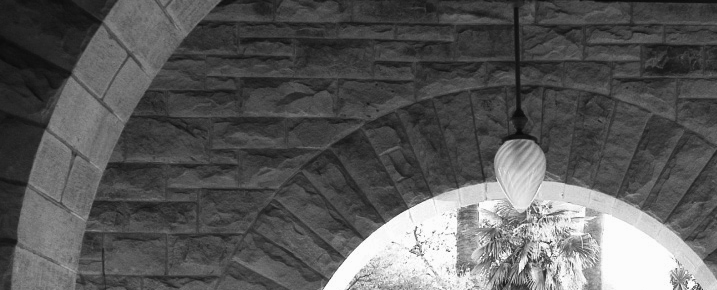This is an Archive of a Past Event
During medieval and early-modern times, the Japanese theatrical art of Noh developed from a form of popular performance to the solemn, abstract drama it is today. Noh’s later popularity with the ruling shogunate enabled kabuki theater, which came out of the raucous atmosphere of the pleasure quarters, to flourish during the Edo period (1615–1868). This exhibition of 25 works presents masks, prints, ceramics, and other visual materials associated with the dramatic arts of Noh, kabuki, kyogen, bugaku, and kagura, demonstrating the parallel trajectories of these separate yet interrelated traditions.





